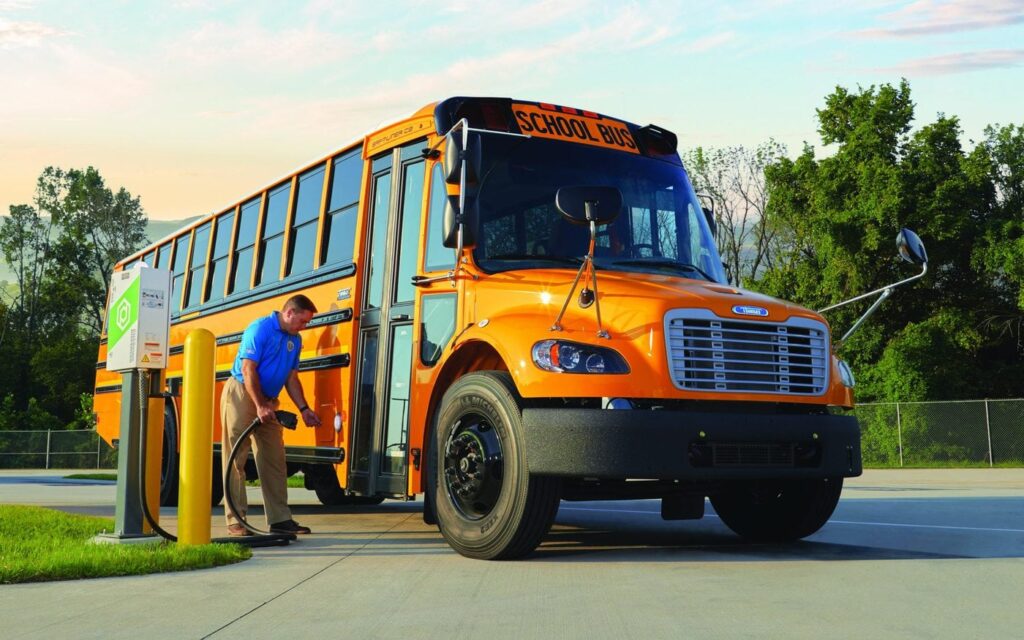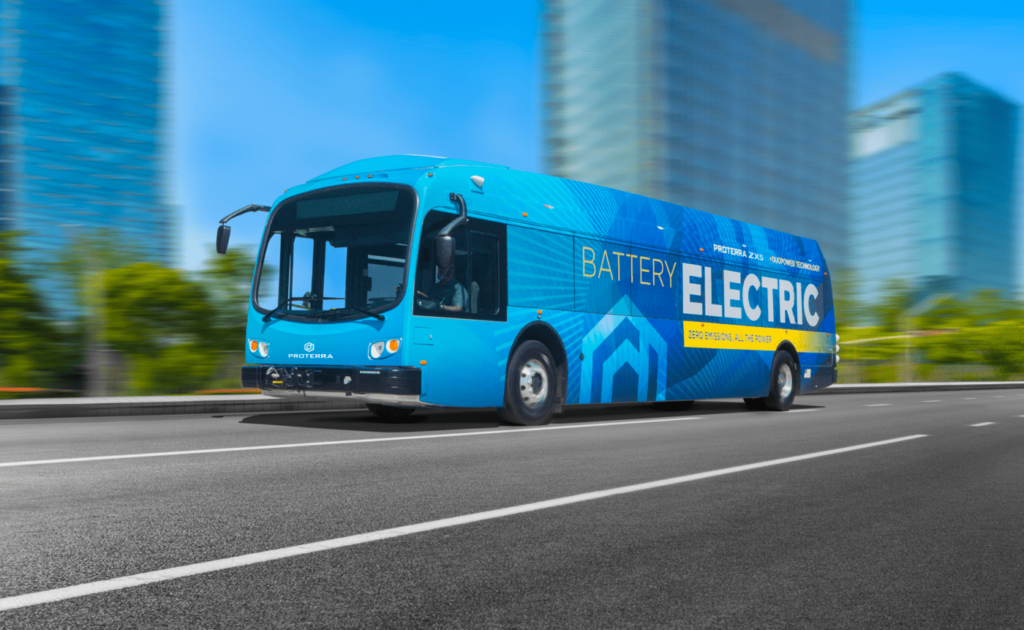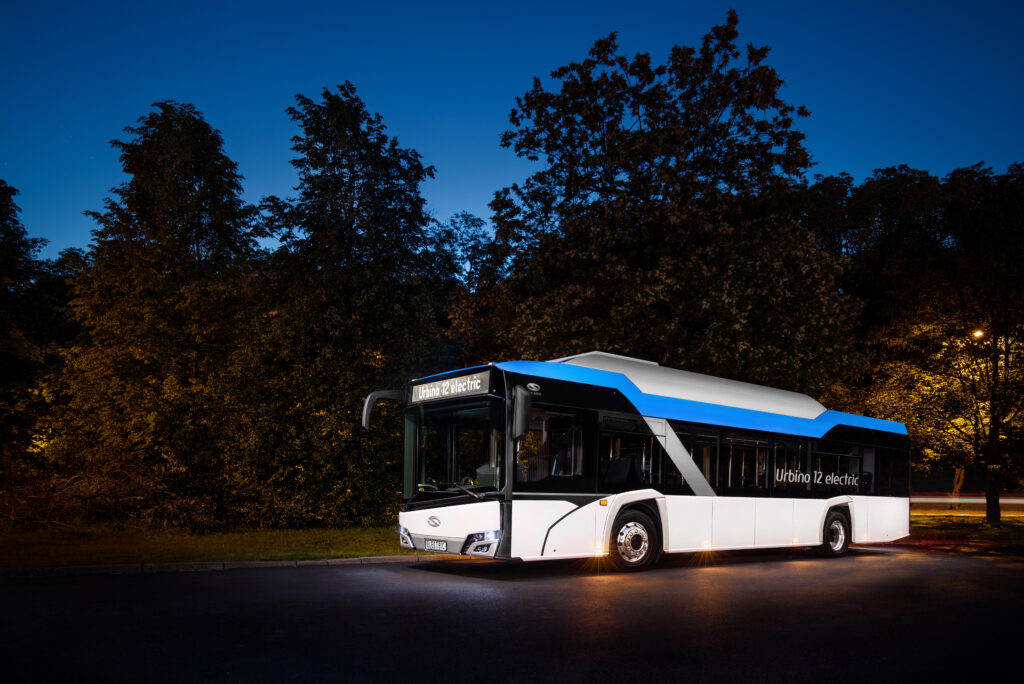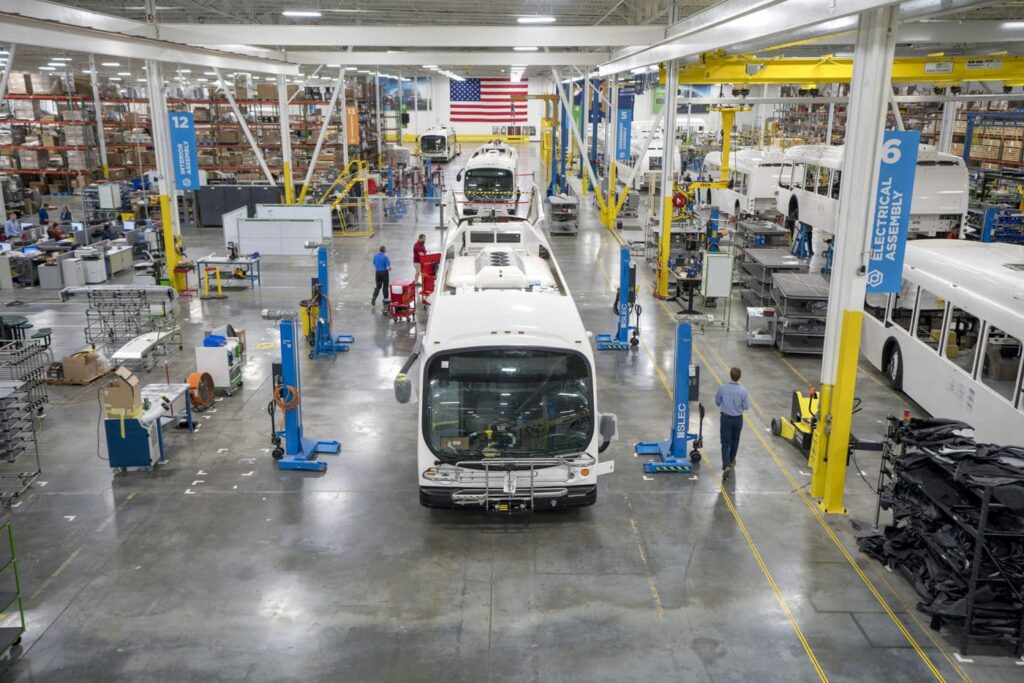Uptake of electric bus uptake bolstered by turnkey electrification, lofty goals, fresh funding
- PostedPublished 13 September 2021

Transitioning to electric transport solutions has its obvious benefits, ranging from reduced environmental impacts to lower operating costs.
However, it is not an easy leap to make. The operator of an urban bus network converting to zero-emissions technology, for example, would have to consider factors such as vehicle acquisition and suitability, charging infrastructure, power supply, route demands and schedule timing – and carefully specify and orchestrate everything to ensure adequate and uninterrupted cost-effective operation.
Such hurdles can complicate and delay the adoption of electric vehicles but, in Australia alone, the demand for clean urban transport is rising. The government of Victoria, for one, has pledged that all new public bus purchases will be zero-emissions vehicles from 2025 onwards.
The move, which is among several schemes focused on expediting the uptake of zero-emissions vehicles, is aimed at reducing the state’s emissions – and similar efforts are being made elsewhere.
To capitalise on this opportunity, and to aid the decarbonisation of transport networks, global sustainability and innovation company Enel X is introducing its electric bus charging platform into the Australian marketplace.
Enel X, formerly EnerNOC and established in North America, says its electric bus charging platform encompasses the infrastructure upgrades required to operate electric bus depots, the required energy costing and operating schedule software, and the long-term power supply arrangements.
This integrated solution minimises the demands on operators and means they get a streamlined, integrated and sustainable service that works out of the box. Thanks to its extensive partnerships, Enel X can even provide renewable power options, on-demand power response programs, bus fleet supply, and smart bus stops and shelters.

“We look forward to delivering a comprehensive solution that de-risks and accelerates Australia’s transition to electric public transport,” said Jeff Renaud, the head of Enel X’s Asia and Oceania divisions.
“In so doing, we will seek to fully leverage Australia’s increasingly abundant renewable power to drive these electric buses, while ensuring that electric bus infrastructure makes a positive contribution to the transformation of Australia’s power grid.”
Currently, Enel X says that more than 186,000 vehicles around the globe are using charging points associated with its platform. It has also already been contracted to manage more than 1400 electric buses by public transport authorities, which reputedly makes it the largest zero-emissions bus solutions provider outside of China.
E-bus adoption ramps up in the US
United States President Joe Biden has unveiled a $2.3 trillion ($A3 trillion) infrastructure plan that is in part designed to accelerate the shift towards sustainable power and transport. Among the proposals is an investment of $A26 billion to electrify at least 20 per cent of school buses by 2030, which will accelerate the deployment of zero-emissions buses.
The size of electric bus fleets is already growing in the US, however, due to countless green projects and the increasing availability and capability of electric buses and associated infrastructure.
American electric bus solutions company Highland Electric Transportation, for example, has announced that it has been contracted to convert 326 school buses over the next four years – a deal which represents the largest school-related contract of its type in North America.
The all-electric Saf-T-Liner C2 Jouley school buses, destined for service with Montgomery County Public Schools (MCPS) in the state of Maryland, will form part of the MCPS’ 1400-strong bus fleet.
To deliver and support the buses, which have a claimed range of approximately 220km, Highland will call upon the resources of several partners. Each bus will be built by specialist bus manufacturer Thomas Built Buses and use powertrains from electric vehicle technology experts Proterra.

The buses will also be supplied and maintained by sales and support company American Bus and, working with its partners, Highland will also electrify the MCPS’ depots and provide managed charging.
“Battery-electric technology is the future of student transportation, and this is just the beginning of a transition to zero-emissions school buses across the country,” said Caley Edgerly, president and chief executive officer of Thomas Built Buses.
A grant of $817,000 ($A1.05 million), from the Maryland Energy Association, has helped to offset the initial cost of the vehicles and make the project possible. By investing and making the transition, however, carbon emissions are expected to fall by some 23,000 tonnes a year – a result that will help both Maryland and Montgomery County meet their emissions reductions targets.
Beneficially, the batteries of the buses will also serve as energy storage systems and supply energy back into the grid when connected and required. This will help improve the resilience of the grid itself and further aid sustainability.
All Moscow buses electric by 2032
The environmental and cost benefits of electric buses are, similarly, serving to prompt significant changes in numerous countries and cities.
Back in September 2018, as a case in point, authorities in Moscow, Russia, began to phase out diesel buses in favour of all-electric options.
Now, there are 600 electric buses in operation in the city – and, by 2032, the city aims to have electrified all urban transport to reduce harmful emissions. In the next four years alone, authorities will purchase an additional 2675 electric vehicles.
“Starting this year we are going to buy the electric buses only,” said Maksim Liksutov, deputy mayor of Moscow and head of the department of transport and road development.

“We seek to make our city as clean and harmless for its citizens as we can.”
Russian truck manufacturer Kamaz, which recently opened a new electric bus production plant in Moscow, will supply 350 Kamaz-6282 electric buses to the city within the year.
The 24-seat buses have a claimed range of 100km and feature dual 115kW motors.
Smaller-scale rollouts continue
However, the leap to electric power is not restricted to large fleets.
The department of transport in Bermuda recently ordered 30 electric buses, to replace diesel models, and bus specialist Solaris is set to deliver 123 electric buses to towns and cities in Romania.
Transport authorities in Madrid, Spain, have also invested €25.9 million ($A41 million) in 30 electric buses from Spanish specialist Irizar and a further 20 from Chinese multinational BYD.
Electric bus manufacturer Lion Electric, which is based in Canada, has been racking up numerous orders in 2021, including one for 60 buses and another for 260. The company, which has so far delivered 390 all-electric heavy-duty vehicles, can produce 2500 electric vehicles each year.
Marc Bédard, chief executive officer and founder of Lion Electric, said: “We are not talking about pilot programs, but rather entire bus fleets going electric, with vehicles that meet the daily requirements of the industry’s largest operators.”

- CategoriesIn SightGlass
- Tagsbus, electric bus, electric vehicles, EV, SightGlass News 24

